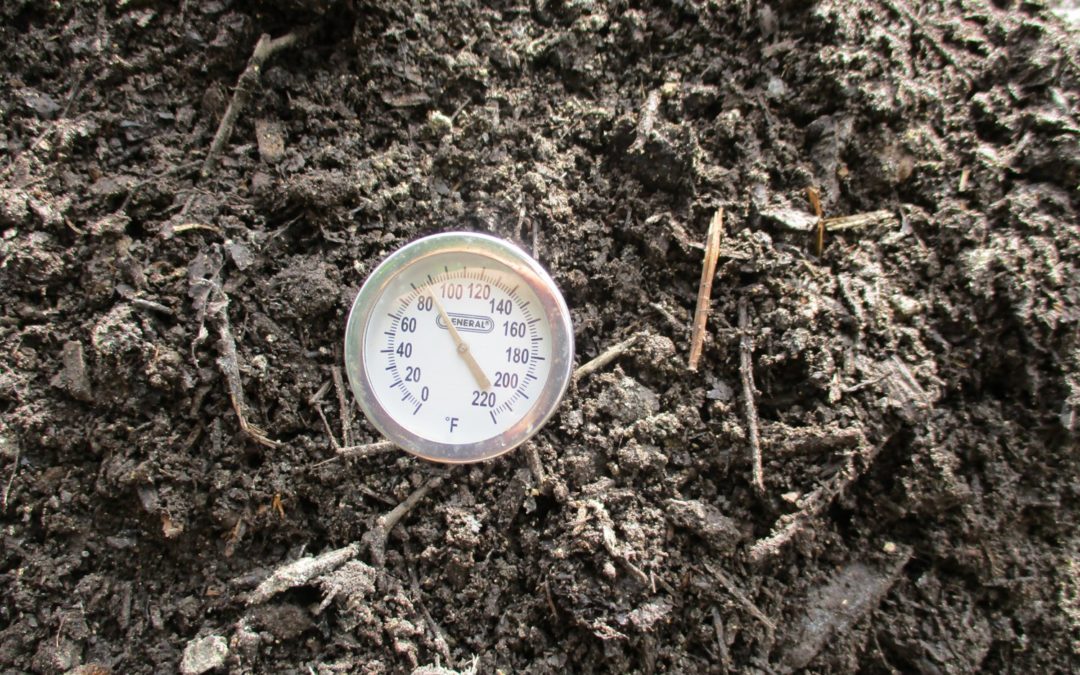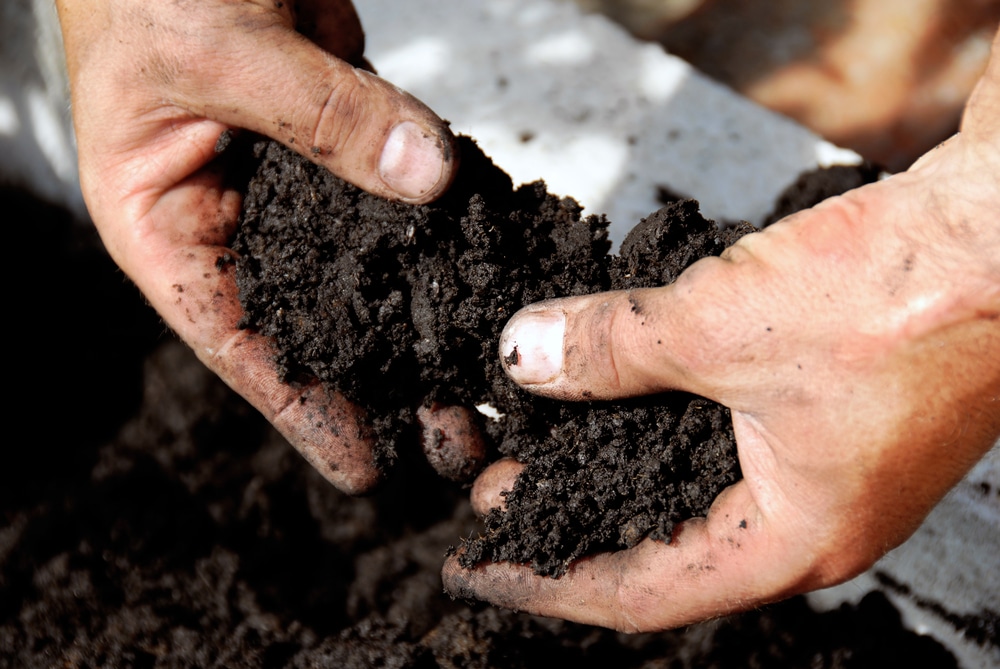
For many years we have been composting various agricultural and forest materials at Tobacco Road Farm to provide for the soil fertility in order to raise vegetable crops without the use of pesticides. This practice has been highly successful though it has required more refinement as the environment continues to deteriorate and the soil’s need for rebalancing becomes increasingly important.

Weeds are an index of what is wrong — and sometimes what is right — with the soil, or at least with the fertility program. In every field on every farm, there are different soil types, and each has a potential for producing certain weeds, depending on how a farmer works the soil. Fall tillage, spring tillage, tillage early or late, if it takes place when the soil is dry or wet, all these things determine the kinds of weeds that will grow that season.

Covering the manure is critical because you don’t want it to be too wet.

Managing nitrogen should not be just mathematical. Crop rotation, the nitrogen source used, and when and where the nitrogen is applied all have a bearing on how much nitrogen we need, as does soil air, soil life, organic matter, and the presence and balance of other elements (such as sulfur and calcium).

By using detailed measurements and specifically formulated procedures for controlling nutrient excesses and deficiencies in soils, it is possible to define, measure and manage soil fertility to help grow crops of the highest quality.

The proportion of minerals has increased in cultivated soils during our era in comparison with past eras in which consistently humid heat promoted the formation of organic soil material over huge swaths of forest for thousands of years. The ratio between the organic and mineral portions of the material has shifted, to the detriment of the soil.








